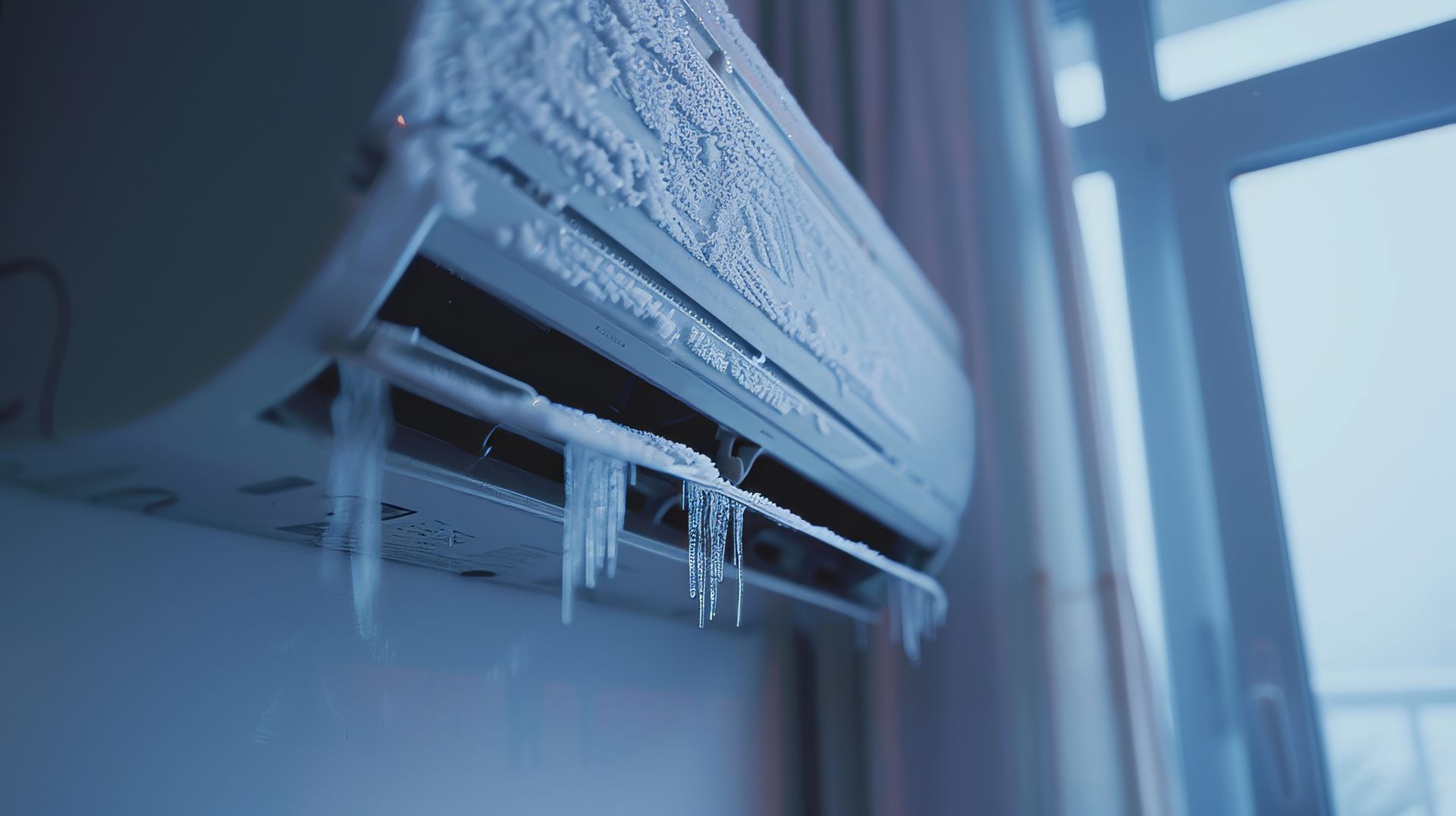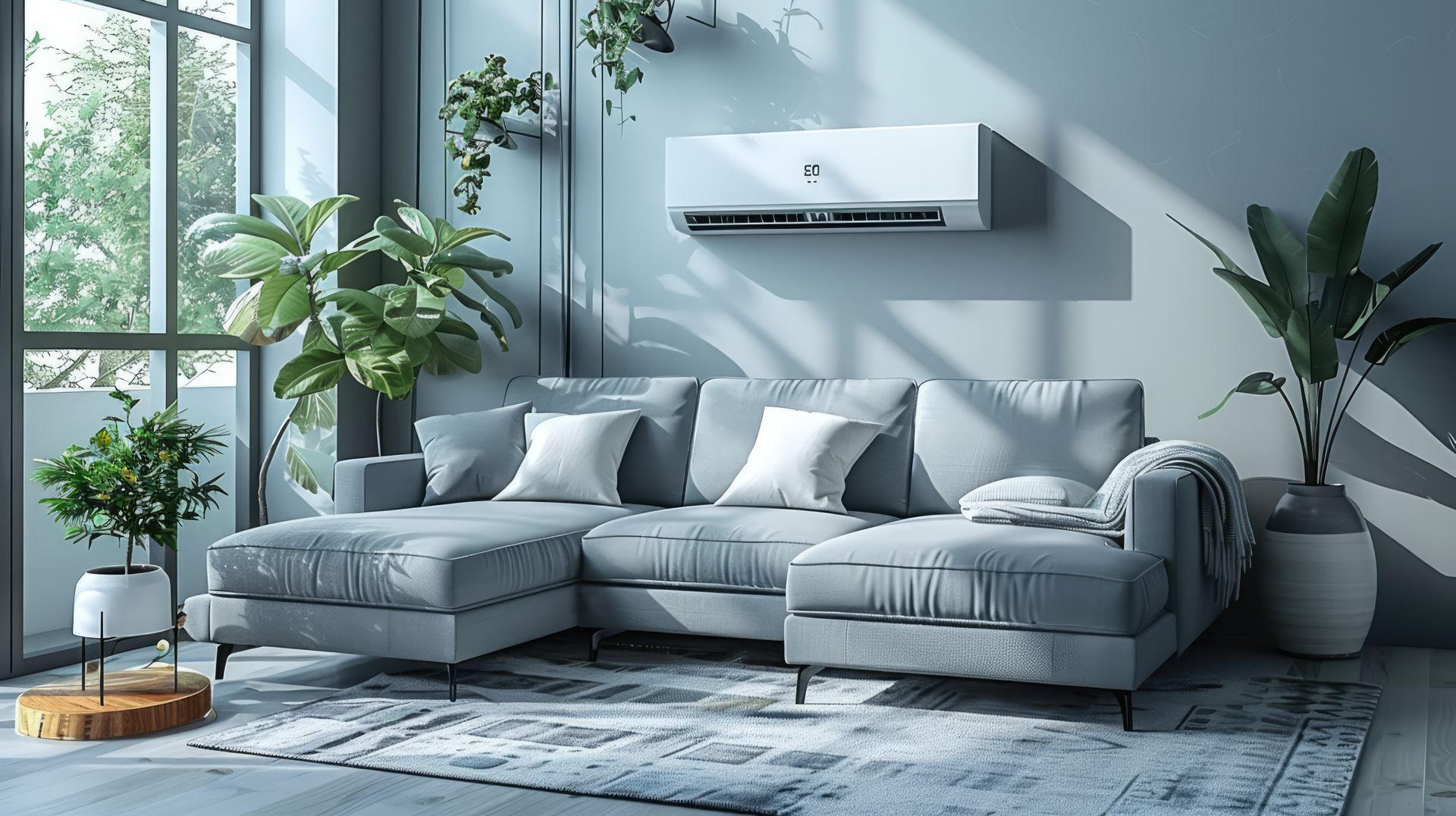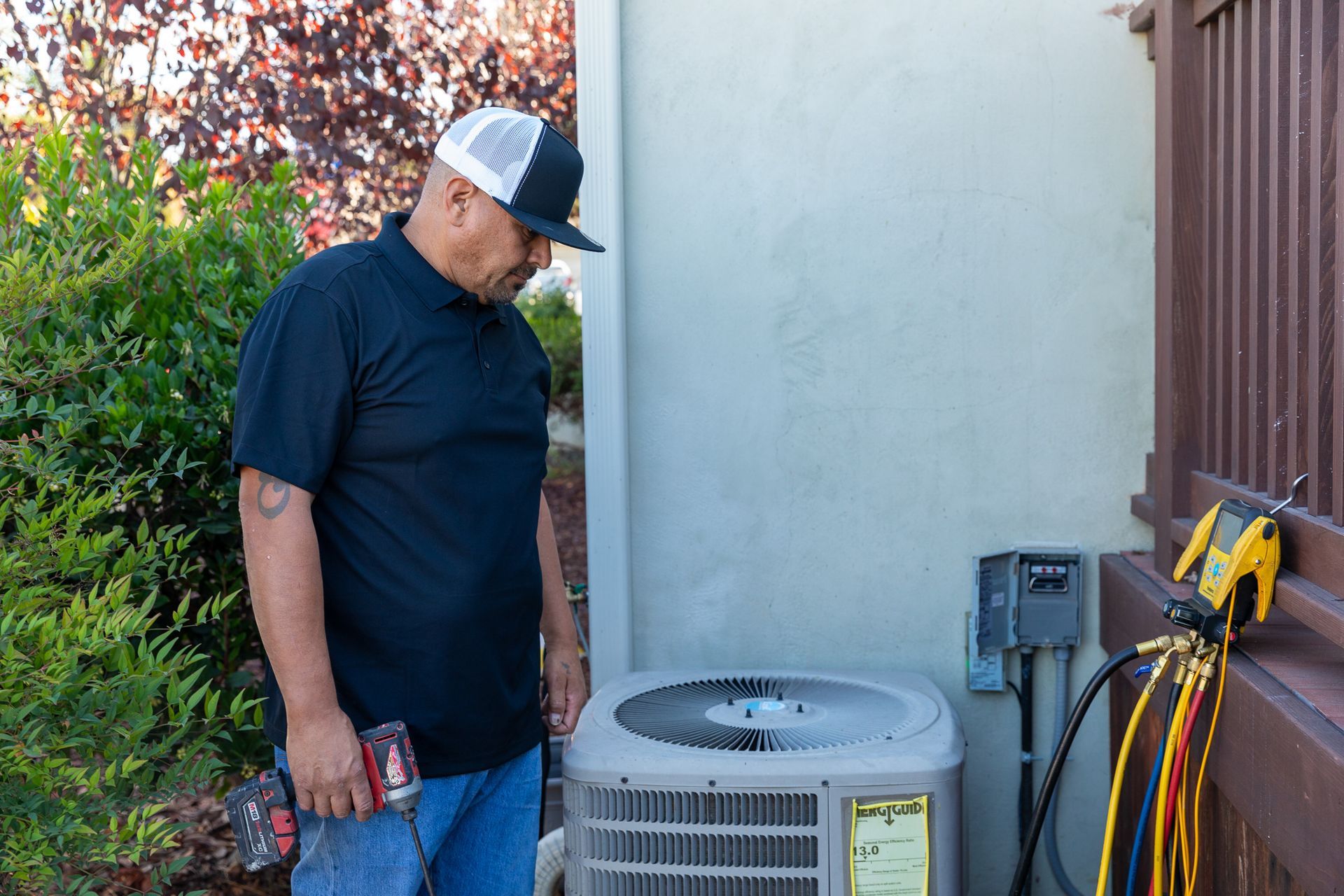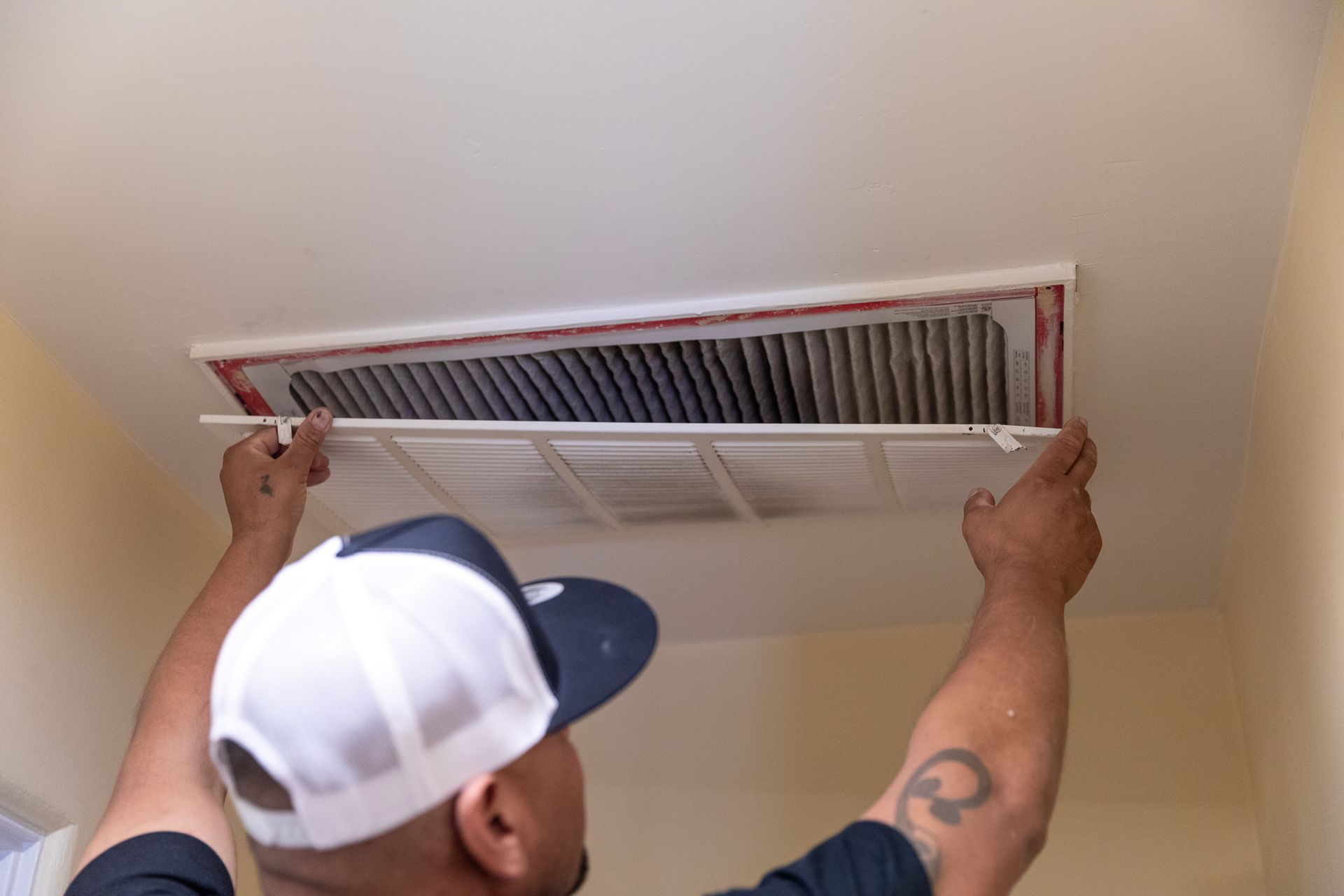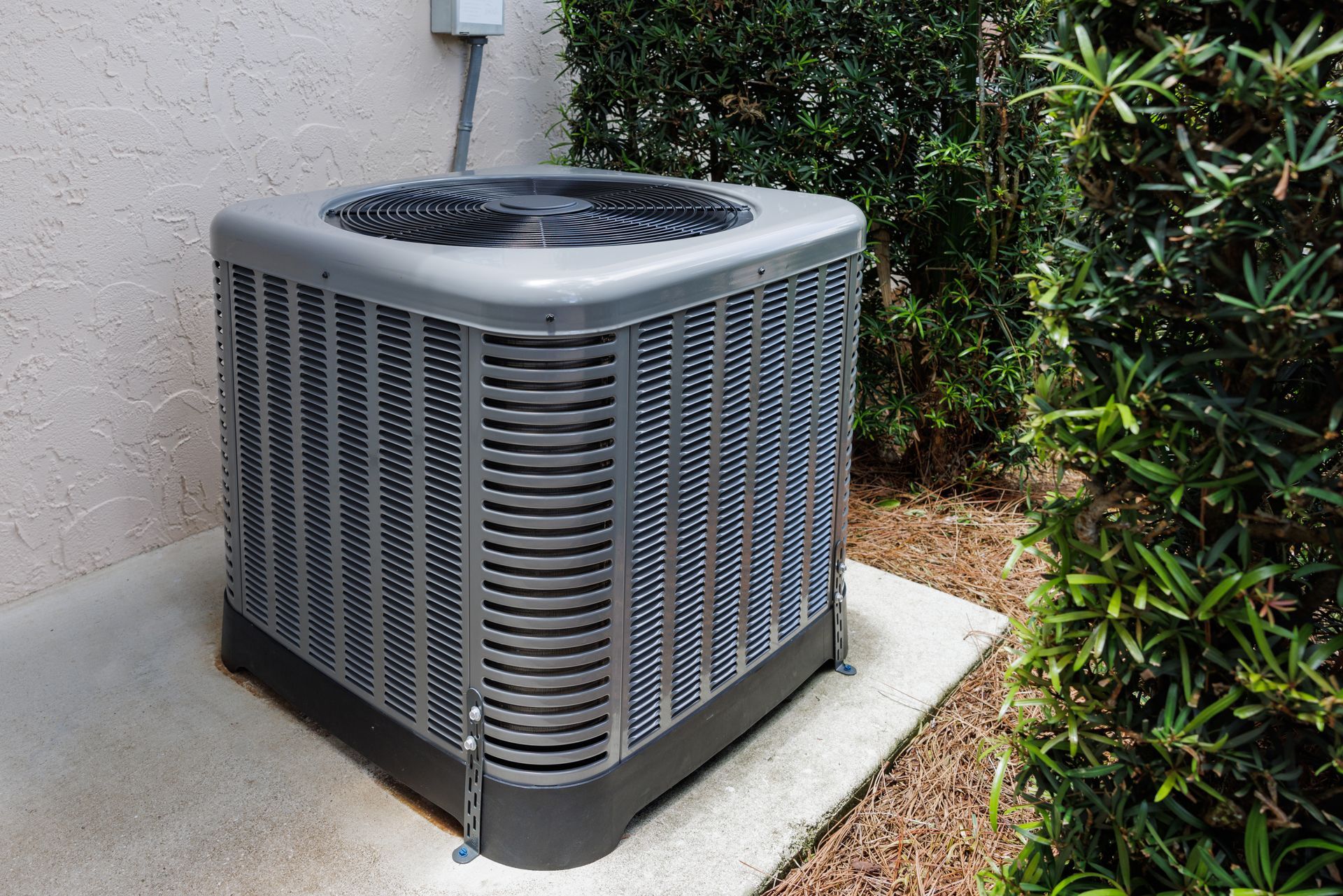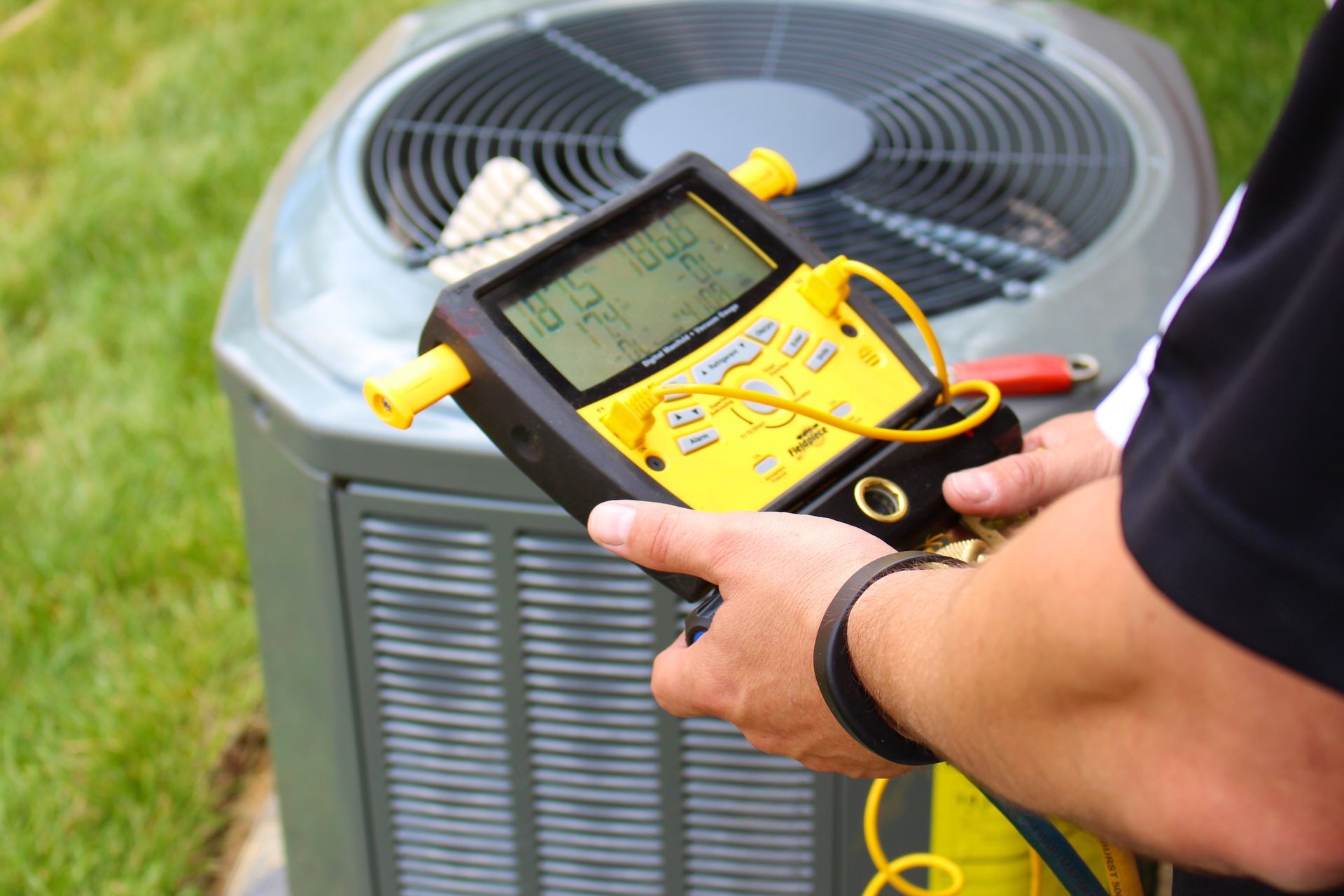Understanding Your AC's SEER Rating: Boosting Performance and Cost Savings
When choosing an air conditioning system, the SEER rating (Seasonal Energy Efficiency Ratio) is crucial. This rating not only impacts the efficiency of your AC unit but also affects its overall performance and your potential cost savings. In this blog post, we’ll delve into what SEER ratings mean, why they matter, and how a higher SEER rating can be beneficial in the long run.
What is SEER?
The Seasonal Energy Efficiency Ratio (SEER) measures the efficiency of an air conditioner or heat pump. Specifically, it calculates the ratio of the cooling output over a typical cooling season divided by the energy it consumes in Watt-Hours. Essentially, it’s a metric used to gauge how much energy your air conditioning unit uses to provide a certain level of cooling.
Why Does SEER Rating Matter?
- Energy Efficiency: A higher SEER rating means greater energy efficiency. This is beneficial not only for the environment but also for your wallet. An efficient AC unit requires less energy to cool your home, lowering electricity bills.
- Cost Savings: While air conditioners with higher SEER ratings tend to be more expensive initially, they can offer significant cost savings over time through reduced energy bills. This can offset the upfront cost and provide long-term savings.
- Comfort: Higher SEER units often incorporate advanced technology to improve overall climate control and comfort. These systems can more effectively dehumidify your home and maintain consistent temperatures.
- Environmental Impact: Using less energy reduces your carbon footprint, making a high SEER rating an environmentally friendly choice. This is crucial as more consumers look for sustainable options.
How SEER Ratings Affect Performance and Savings
To better understand the impact of SEER ratings, consider an example comparing two AC units: one with a SEER of 14 and another with a SEER of 21. The unit with a SEER of 21 operates much more efficiently, using less energy to provide the same amount of cooling as the SEER 14 unit. Over time, the SEER 21 unit could save you hundreds of dollars in energy costs, depending on your climate and usage patterns.
Choosing the Right SEER Rating
When selecting a new air conditioner, consider the following:
- Climate: A higher SEER rating in hotter regions is more beneficial as the AC will be in use more frequently.
- Usage: A lower SEER rating might be adequate if you use your AC unit sporadically. However, for regular use, a higher SEER can offer more savings.
- Budget: Determine your budget for both upfront costs and long-term savings. Investing more initially for a higher SEER rating might make sense if it leads to significant energy savings.
Conclusion
Understanding SEER ratings is key to choosing an efficient air conditioning system that meets your cooling needs while minimizing energy usage and cost. By selecting a unit with the appropriate SEER rating for your specific situation, you can enjoy enhanced comfort, lower energy bills, and a reduced environmental impact. Remember, investing in efficiency can pay off substantially in the long run when it comes to AC units.

